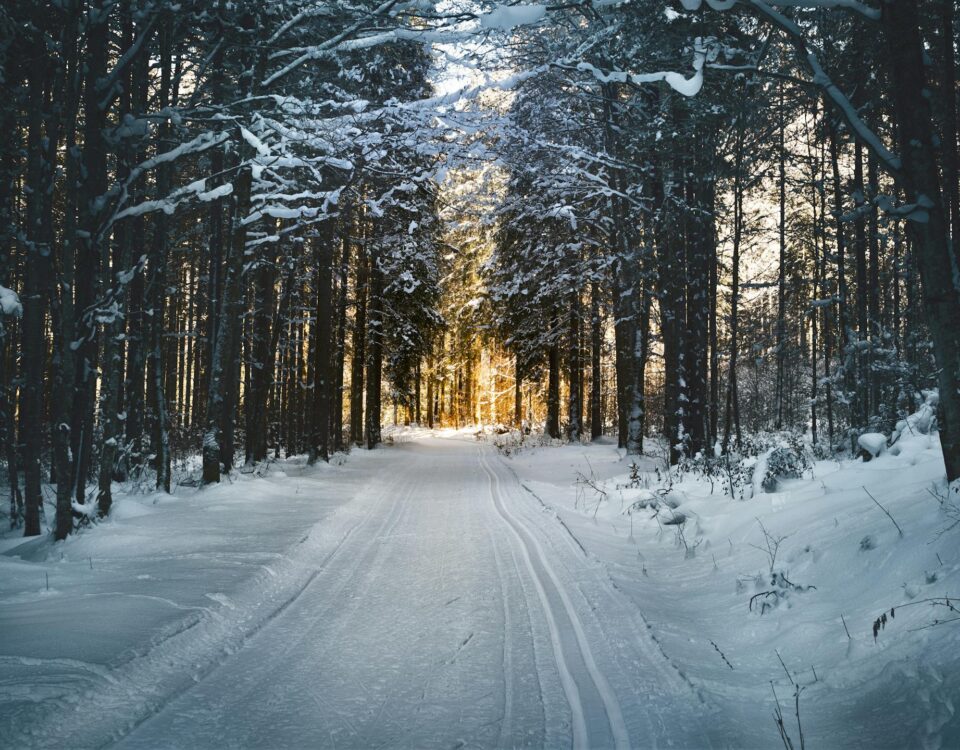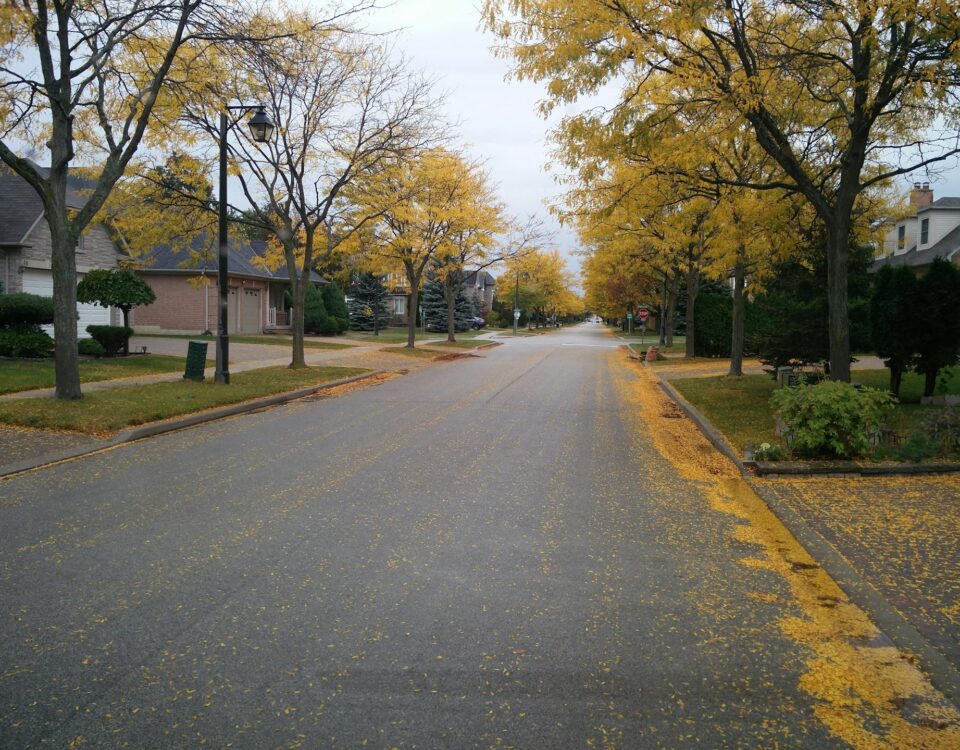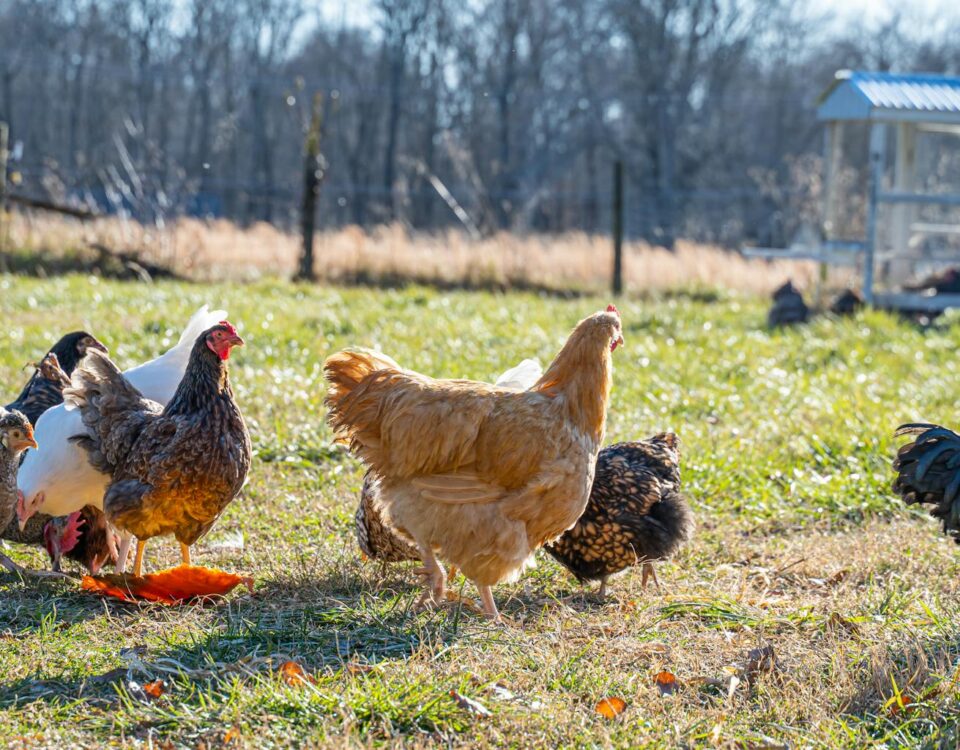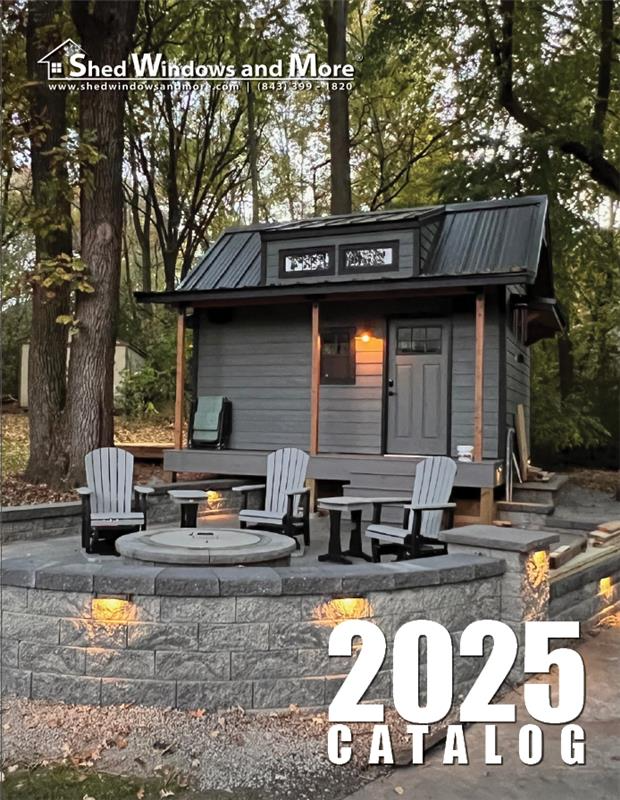
DIY Tips & Recipes When You Have Too Many Vegetables
September 6, 2023
Home & Shed Natural Pest Control Tips
November 6, 2023Preparing Your Outdoor Shed for Winter
Winter is quickly approaching, but there is plenty of time to prepare your shed for winter and the snow, rain, and wind that comes with the season. We will give you tips for outdoor sheds and also sheds that have been designed to work or live in and have many of the same requirements to winterize as your home.
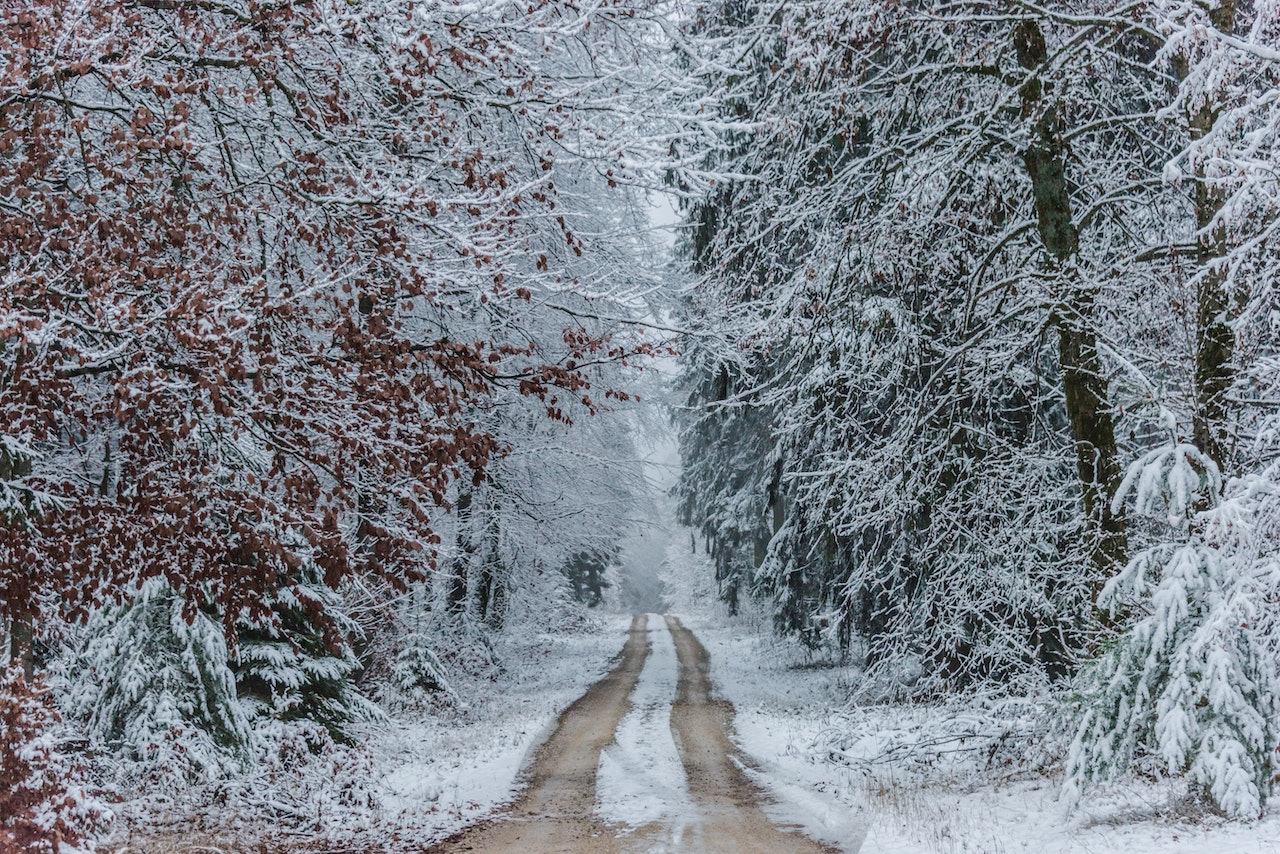
A little work in the fall can make all the difference in how your outdoor building fares in the winter and maintains its structural integrity for years to come. You’ve made an investment in your time and materials to build your backyard shed and you can maximize its useable life with some of the tips we are sharing today.
A properly winterized outdoor shed can provide a cozy workspace year round and protected area for your gardening tools, equipment, or other items, protecting them from damage that can be caused by freezing temperatures, snow, rain, and ice.
We will discuss insulating an existing shed to make it more year-round useable, roof maintenance, door and window sealing, and more.
Winterize Your Shed for Added Benefits
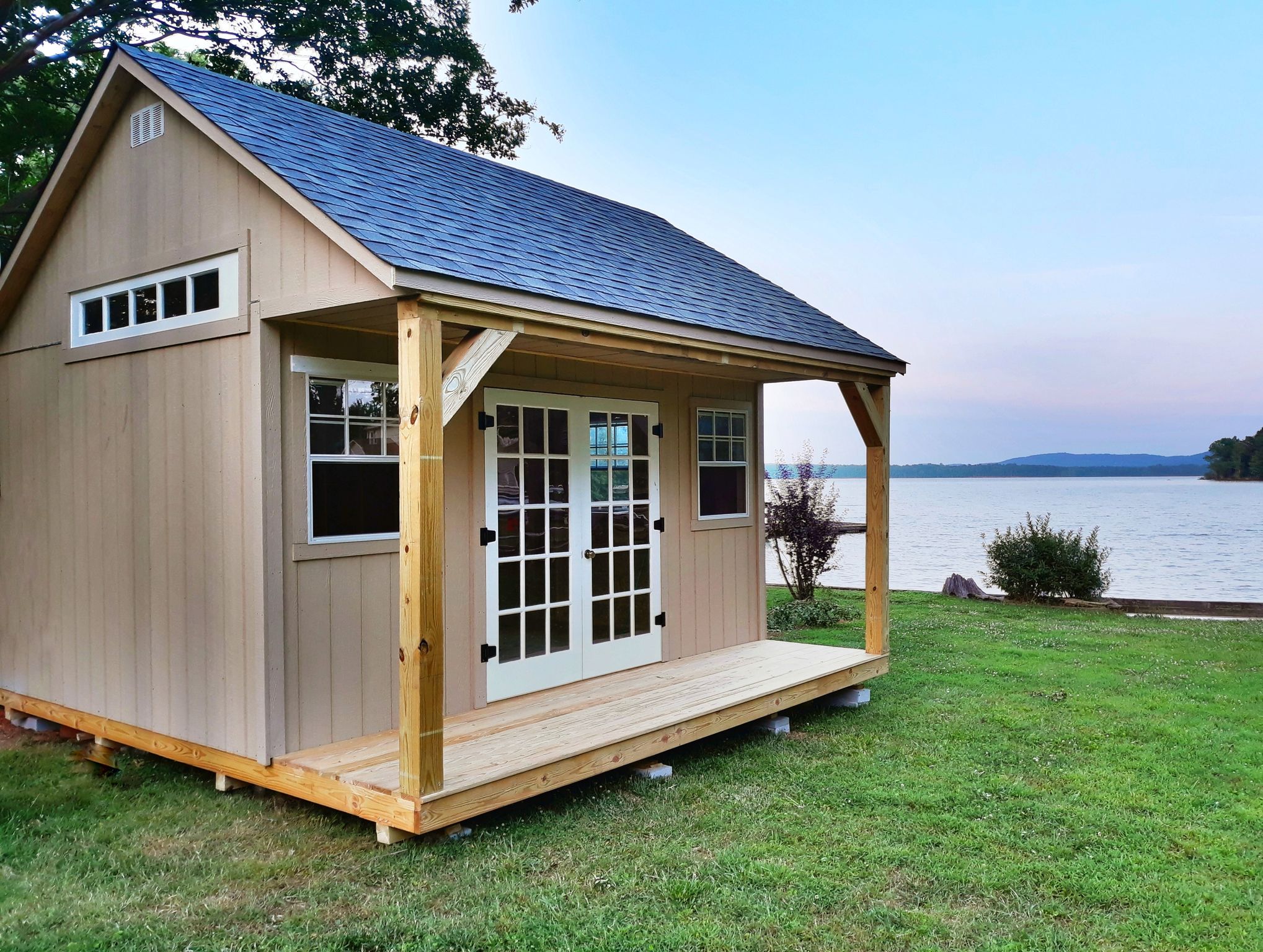
Winterizing your outdoor shed adds many benefits to your outdoor building:
- Energy efficiency and year-round comfort
- Extending the longevity of your outdoor building
- Equipment and tool protection
- Temperature regulation
- The ability to have your outdoor shed serve a dual purpose or become a guest or office shed
Prioritizing winterizing your outdoor shed allows for a comfortable work environment during cold months and it also assures that your tools and equipment won’t be damaged due to temperature changes, dampness, and pests.
Adding or remodeling your outdoor shed for year-round conditions can also give you a cozy guest cottage or office shed to house guests, but as a place to do woodworking, painting, a quiet place to curl up and read a book, or a great place for your home office away from the activity of your home.
Winterize for Temperature Consistency

When you winterize your shed for temperature regulation, it brings with it many benefits. Winterizing for temperature control includes insulating your shed, possibly changing out single-pane windows for double-pane windows, adding a ceiling fan, and having a heating source.
Winterize with Insulation
Insulation options include spray foam insulation, foam board, and roll insulation. If you are looking for a low-cost DIY option, the best insulation for you may be a rolled insulation that comes in a variety of R values starting at R13 up to R60 depending on your location. Remember that roof insulation is as important as wall insulation both in northern climates to guard against cold and in warmer climates to protect your belongings from heat.
Winterize with Window Choices
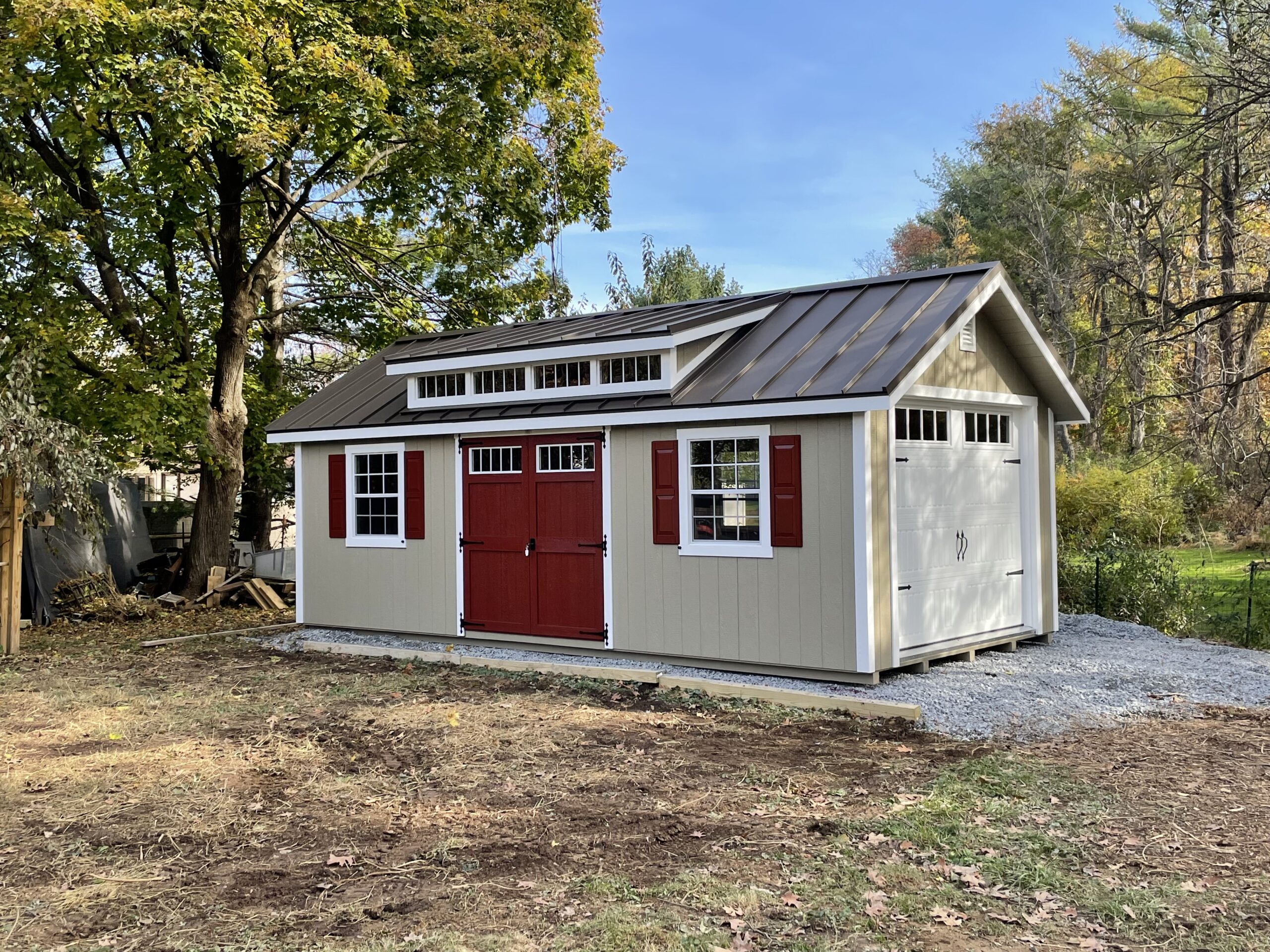
Switching out single-pane windows for double-pane windows can make a huge difference in temperature consistency for your shed. There is very little insulating value with single-pane windows, so there is heat loss and there can also be condensation and moisture build up on your windows leading to mold with temperature changes. Double-pane windows not only keep the temperature in your shed more consistent, but they also help keep heating costs down for your shed if you are using it for a guest or office shed.
Winterize with Adding a Ceiling Fan
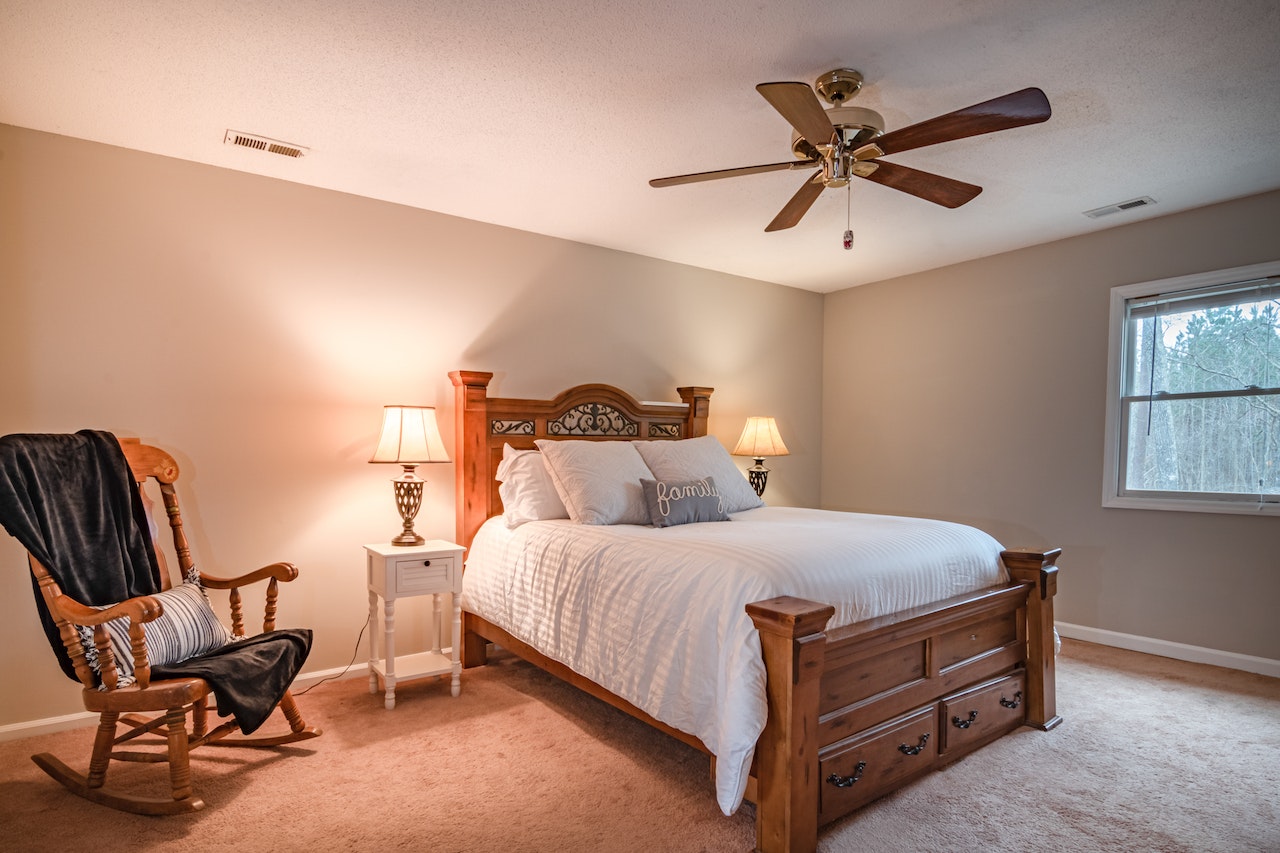
Adding a ceiling fan not only helps with temperature consistency in your shed but it can be set to move warm air down in the winter and set to move cooler air up in the summer. Especially if you are using your outdoor shed as a guest shed or office shed this is a feature that is an easy DIY project and adds to the year-round comfort of your shed.
Winterize by Adding a Heating Source to Your Shed
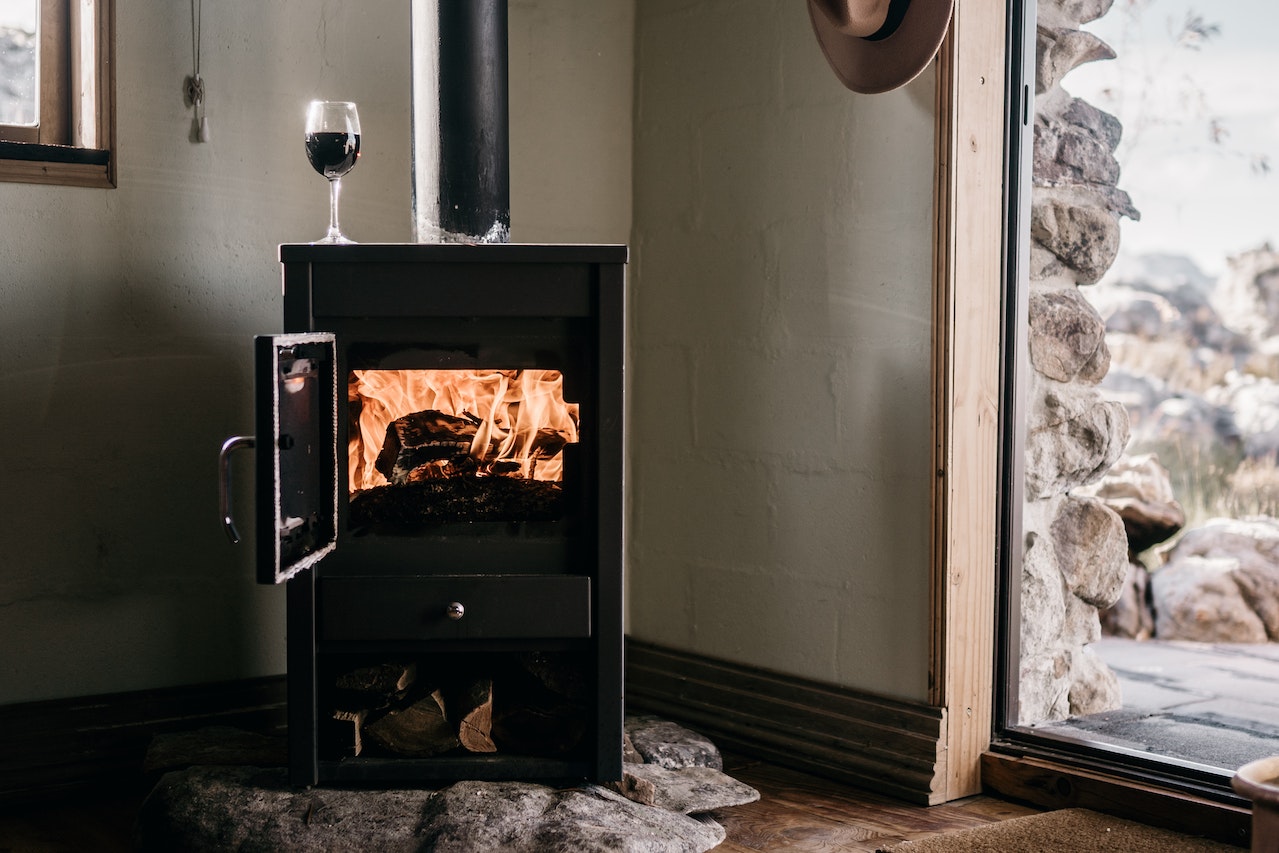
Adding a heating source for your shed can be as simple as buying an Energy Star-rated portable heater. There are many to choose from and with a small outdoor space, the investment pays for itself. Be sure to look for one with a programmable timer so you can heat the shed before working or staying in it overnight. For larger outdoor sheds some people opt for a small wood or gas-fired heating stove. The ones that are designed for boats are usually an ideal size for an outdoor shed and a wonderful way to heat it if you have an ample wood supply or gas that can easily be plumbed to your shed.
Winterize Your Shed Roof
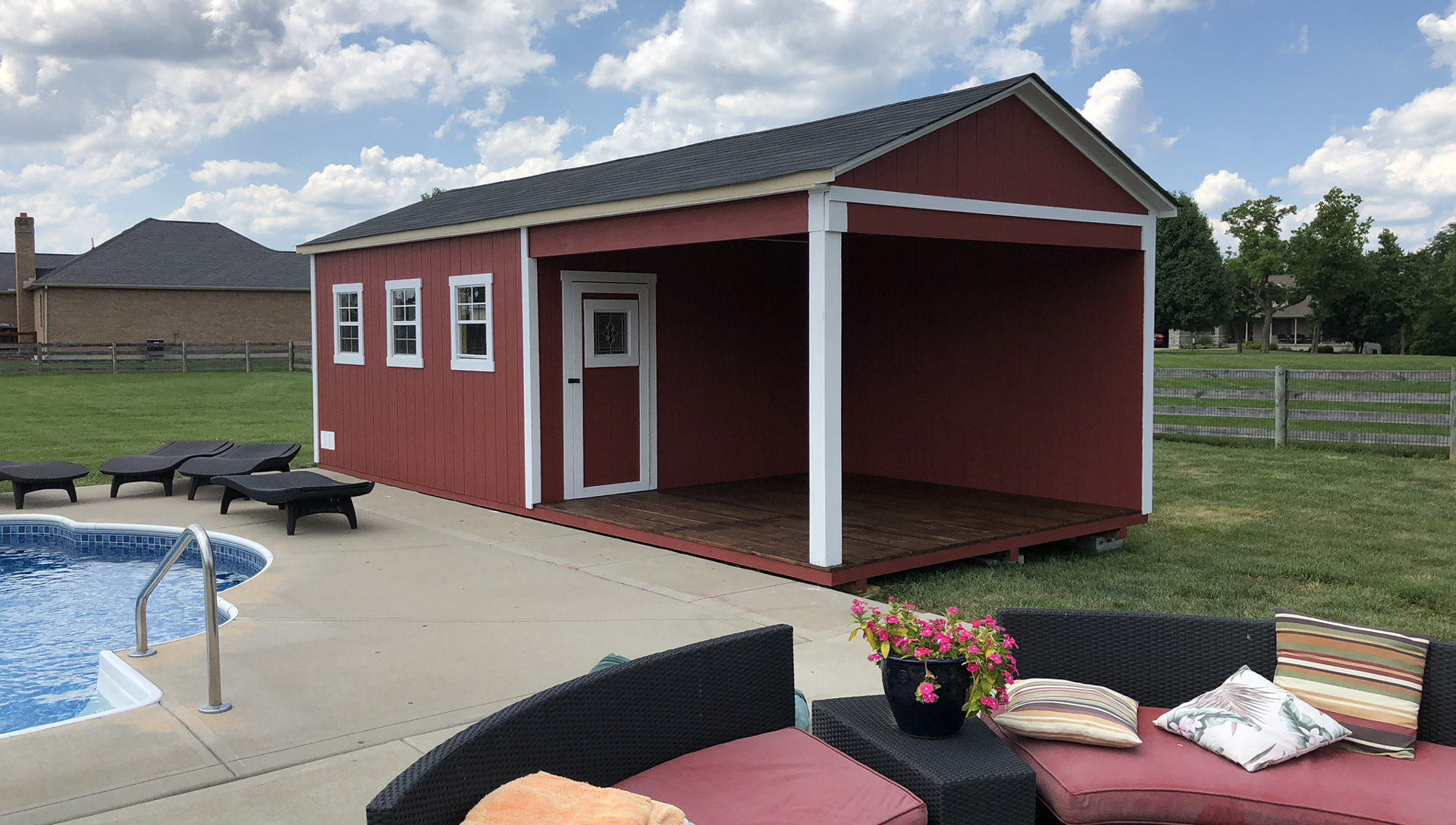
Maintaining your shed roof is the best insurance for keeping your outdoor shed in good condition over the years. Keeping your shed roof in good condition is vital for damage prevention and to ensure proper insulation during both winter and summer months. Here are some good tips to follow:
- Be sure to do a yearly roof inspection for any damage or leaks.
- Repair or replace roof shingles or patch with a product like Henry Wet Patch, good to have on hand
- Trim any overhanging branches that could damage your roof
- If you have gutters and downspouts, be sure to clear them of debris before winter. Clogged gutters can cause water damage to your shed roof.
- If you didn’t install gable vents in your outdoor shed, this is a step that will help with roof ventilation while also maintaining a more comfortable temperature inside your outdoor shed.
Winterize by Sealing Windows & Doors
Checking caulking on windows and doors before winter is a good annual task. With temperature changes and if you have south or west-facing windows and doors the caulking can shrink over time. Using a silicone latex 40-year sealant is a quick DIY project that will ensure the longevity of your windows, and trim, and help stabilize the interior temperature of your outdoor shed.
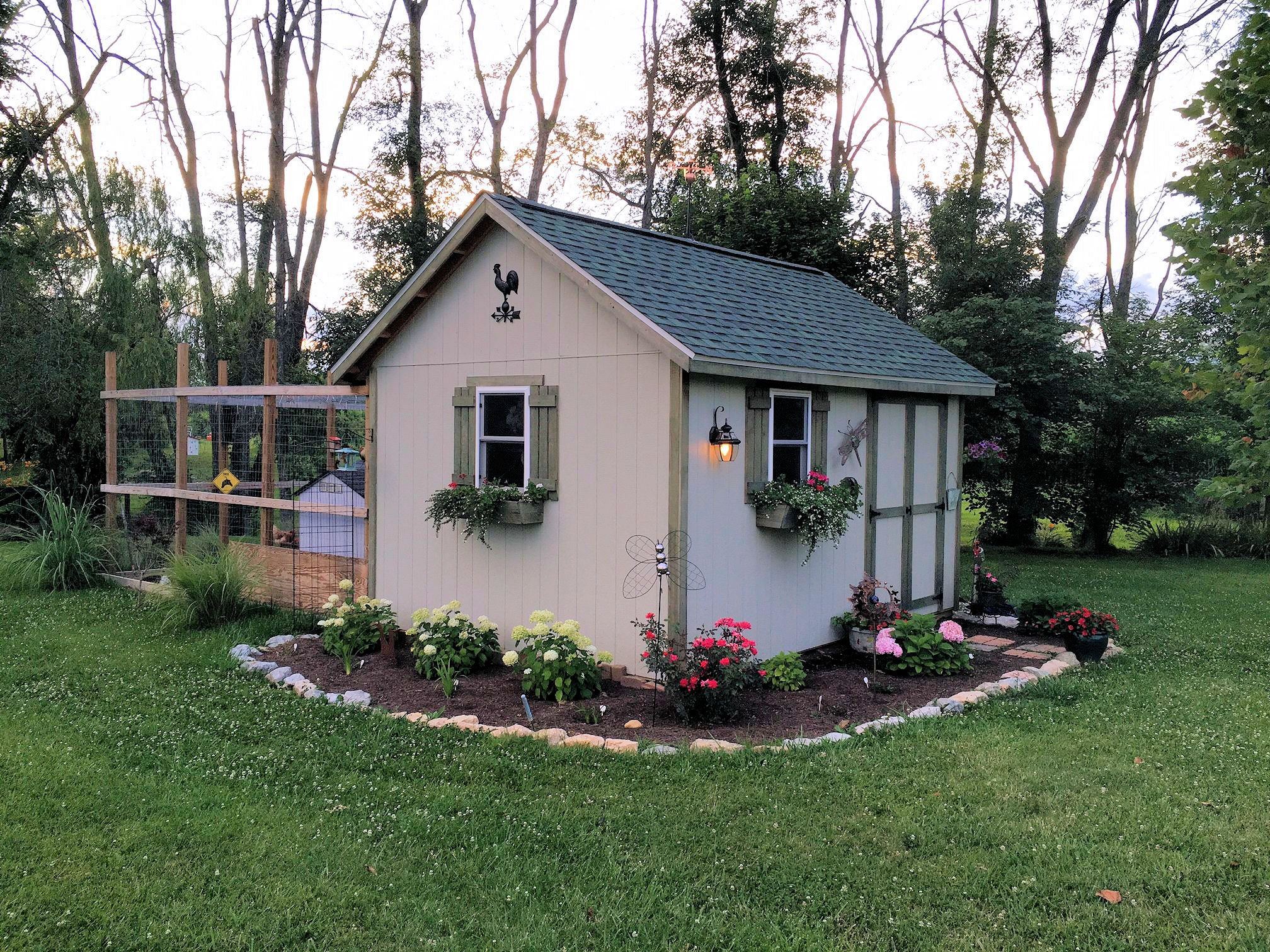
Installing weather stripping or draft tape around or at the bottom of your door can quite a difference in temperature loss to your outdoor building. Keeping both windows and doors properly sealed will also help keep pests out of your backyard shed.
In addition to sealing your doors and windows, you can also install a door sweep or use stuffed old-fashioned door snakes to prevent drafts and heat loss to your shed. With a few hours of work, you can ensure that your outdoor shed will stay comfortable during the winter months and your time will be well spent in keeping your shed in great condition.
Winterize & Protect Your Shed
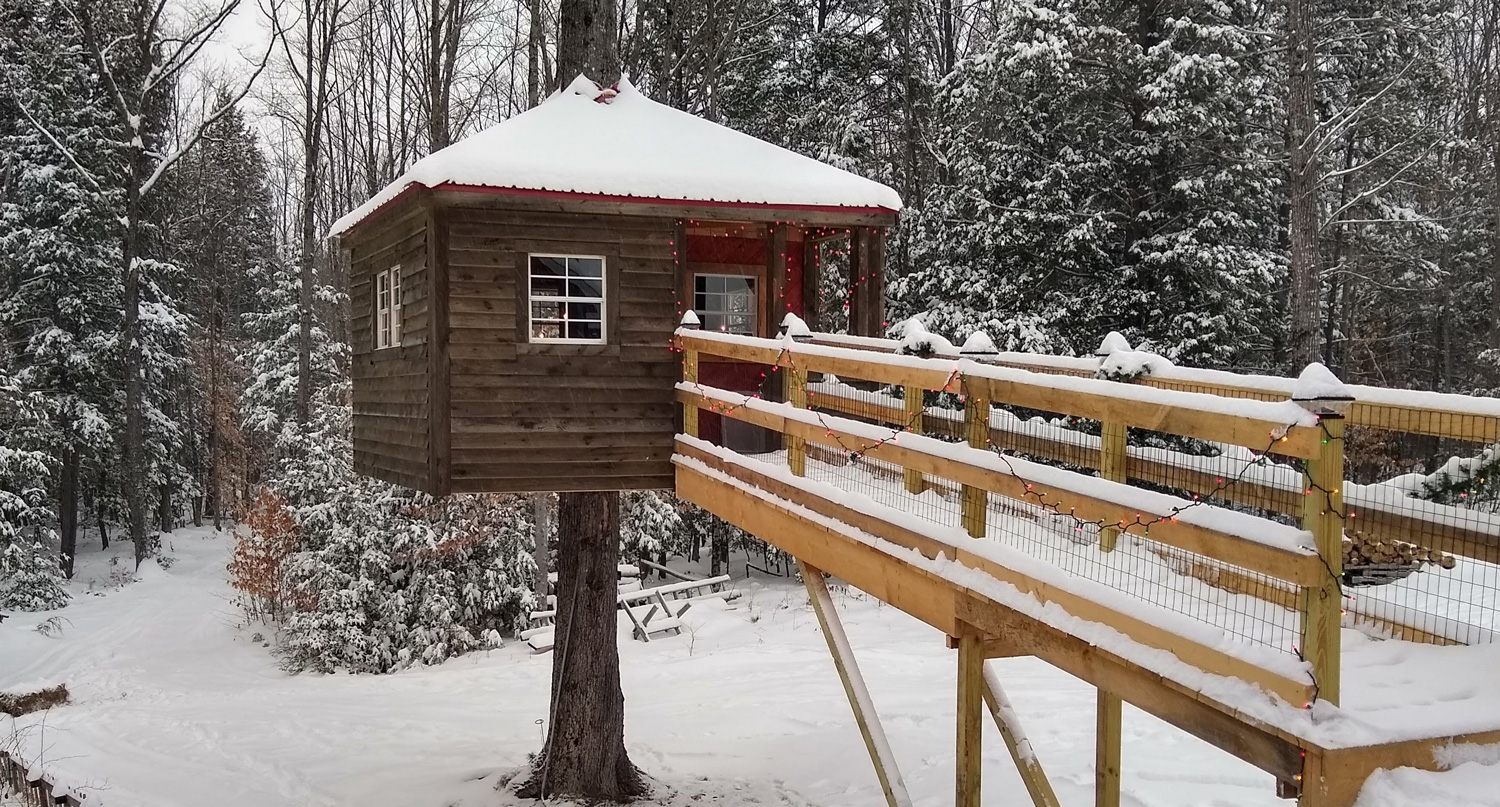
We thought we would share a few extra DIY ideas for winterizing your outdoor shed, especially if your shed is used as a guest shed or office shed:
- Now is the time to check the batteries on all smoke and carbon monoxide detectors. I know that most of our detectors have warning chimes, but you shouldn’t rely on those, each of these devices has a self-check button.
- Be sure to disconnect your garden hose from the outside faucet and store it for the winter. Any water left in a hose can cause it to freeze and then your hose needs to be replaced.
- It’s time to insulate all outdoor above-ground pipes. I buy insulation wrap specially made for pipes, so it already has a slit and I use Guerrilla tape to secure the wrap in place on all my pipes.
- This solution makes a great holiday gift, mud trays for boots, and also boot mats to scrub off snow, and dirt, from entering your outdoor shed. We use these outside our doors and then we have a mat inside the door that absorbs water and deflects fur, which is great when you have dogs coming in and out of your outdoor shed.
- Buy a humidifier or combination humidifier and air cleaner to keep your shed more virus-free. It’s important to keep indoor air humidity above 30% and below 50%. Keeping your air humidity above 43% helps deter viruses and keeps your skin in better condition.
- Stock up on salt or lime depending on where you live. Salt helps give you extra traction on walkways, stairs, and paved driveways. Salt for our customers that deal with snow and ice and lime for our customers that live in areas that get huge amounts of rain. Lime added to your driveway or dirt walkways helps soak up excess moisture and hardens your gravel and dirt after lots of rain.
We hope you enjoy this beautiful fall weather and use this time to winterize your outdoor shed. It’s also a great time before winter weather starts, to change out single-pane windows for double-pane windows, add shutters, window boxes, and other shed accessories you can find at Shed Windows and More!

